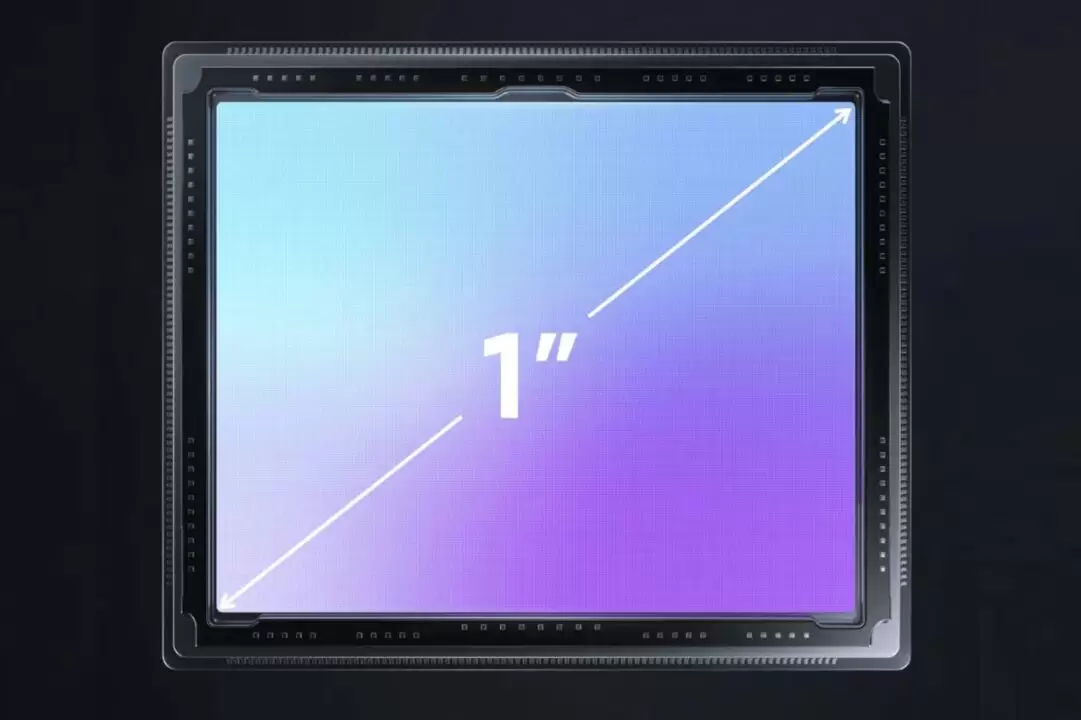In the realm of smartphones, the 1-inch camera sensor trend has been capturing attention with fervor. Sony led the way with the unveiling of the IMX 989 1-inch camera sensor, a trailblazing innovation that swiftly found its footing in the high-tier smartphones.
The larger canvas of a 1-inch sensor holds the promise of richer details, translating to impeccable visual finesse.
Unfortunately, it seems unlikely that these sensors will be seen in Samsung products. The GN6 sensor is highly likely to be used by manufacturers in the Greater China region, and the HP7 sensor was initially planned for the S25U but was canceled due to its excessively high cost. https://t.co/2LC2se9TqU
— Revegnus (@Tech_Reve) August 18, 2023
Unfazed by the competition, Samsung is stepping up its game, reportedly in the process of shaping its own 1-inch camera sensors for smartphones. This intriguing revelation comes via the insights of @Revegnus, a leakster, shared on the X platform.
A Quartet of 1-Inch Sensor Marvels Samsung’s ambitious endeavors have culminated in the creation of four distinct camera sensors: the ISOCELL GN6 50MP, the HP7 200MP, an enigmatic 320MP sensor yet to be christened, and the formidable HU1 440MP.
The 50MP GN6 sensor, graced with a 1-inch size and pixels measuring 1.6µm, stands poised to rival the well-regarded Sony IMX989. Curiously, while the 50MP GN6 sensor may not be designed for Samsung’s own products, it is speculated to find a home in the portfolios of other manufacturers.
On the horizon is the 320MP camera sensor, a likely contender for future entrants in the Galaxy S Series. However, indications suggest that its debut might not unfold within the Galaxy S24 or S25 iterations; instead, the spotlight could grace the Galaxy S26 Series.
As for the 200MP HP7 sensor, murmurs indicate its candidacy for the Galaxy S25 Ultra, its larger pixels and enhanced image quality poised to outshine its forerunners.
Concluding the roster is the enigmatic 440MP HU1 sensor. While the realm of smartphones might not be its intended sphere, this sensor could potentially find its true calling within the automotive or industrial domains.
However, it’s pivotal to bear in mind that these revelations linger within the realm of rumor, pending the authoritative word from Samsung. Patience is advised as enthusiasts await official confirmations to unveil the complete picture.

